20090929-lowy-mw16-collection-001
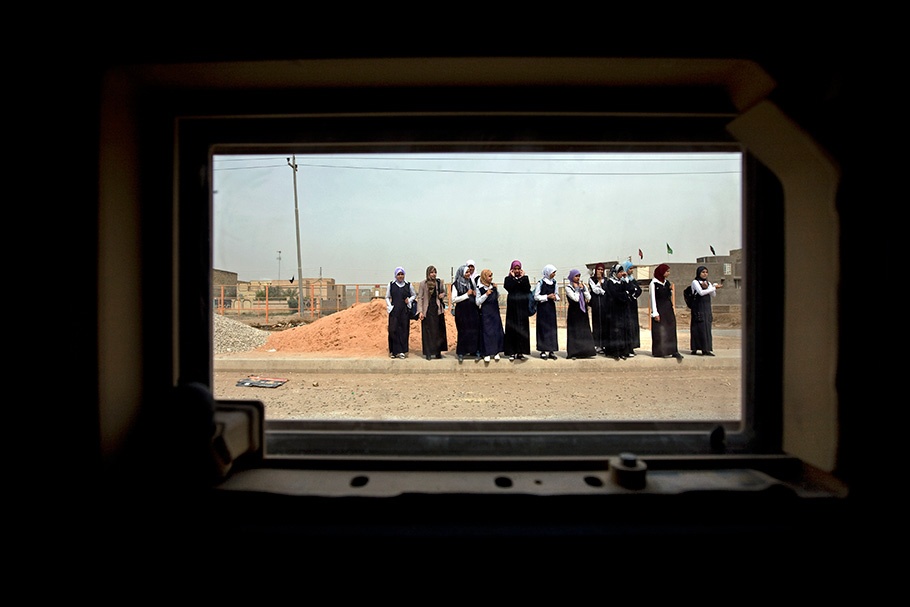
Untitled, from the series Iraq | Perspectives I: Windows.
20090929-lowy-mw16-collection-002
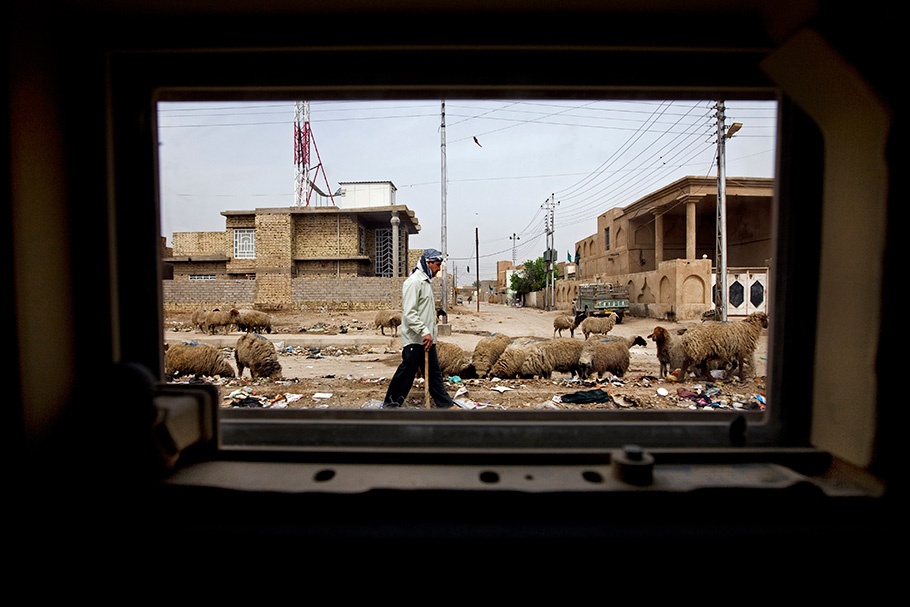
Untitled, from the series Iraq | Perspectives I: Windows.
20090929-lowy-mw16-collection-003
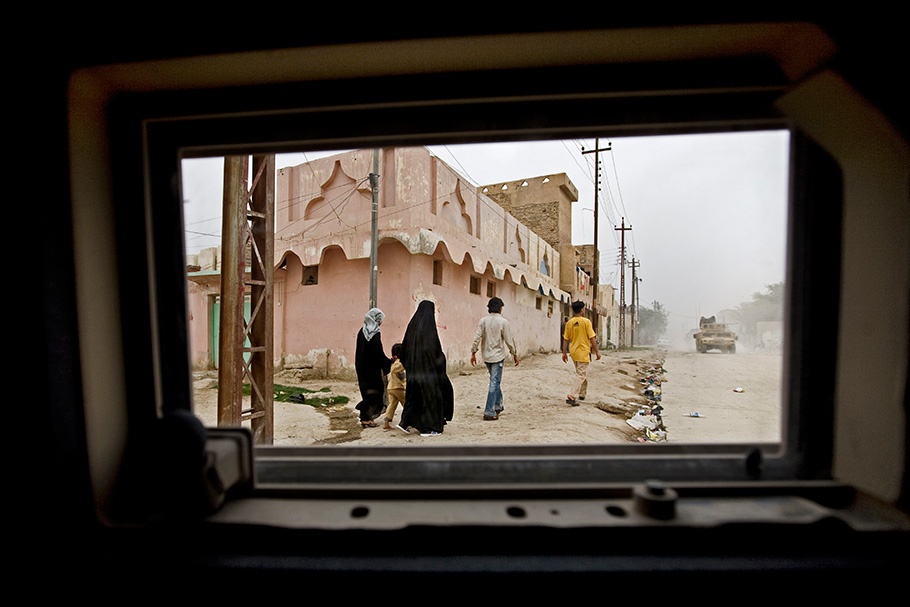
Untitled, from the series Iraq | Perspectives I: Windows.
20090929-lowy-mw16-collection-004
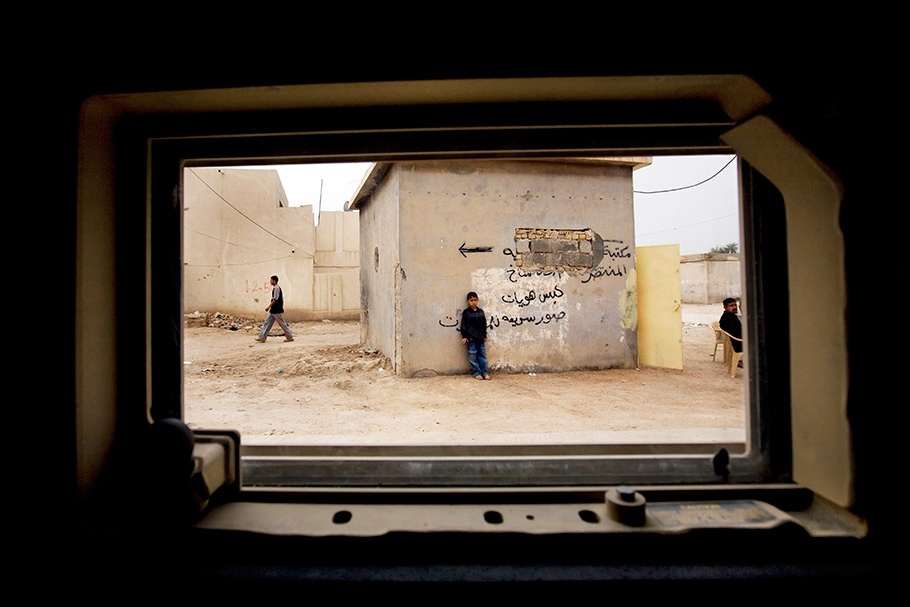
Untitled, from the series Iraq | Perspectives I: Windows.
20090929-lowy-mw16-collection-005
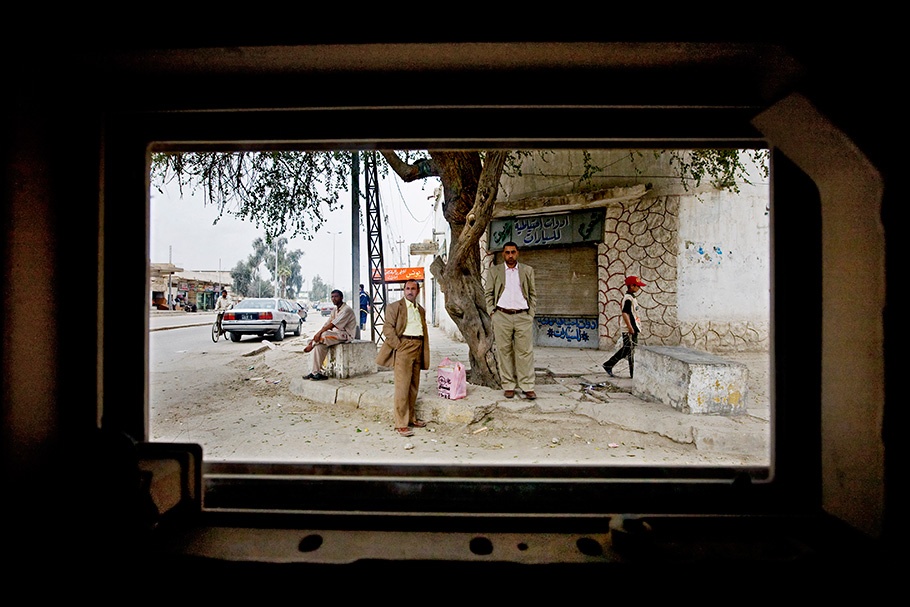
Untitled, from the series Iraq | Perspectives I: Windows.
20090929-lowy-mw16-collection-006
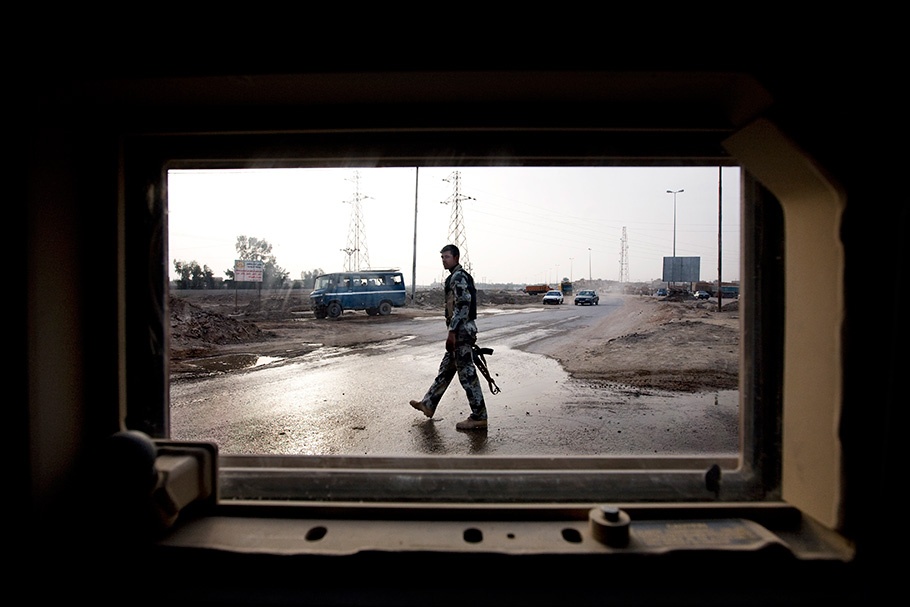
Untitled, from the series Iraq | Perspectives I: Windows.
20090929-lowy-mw16-collection-007
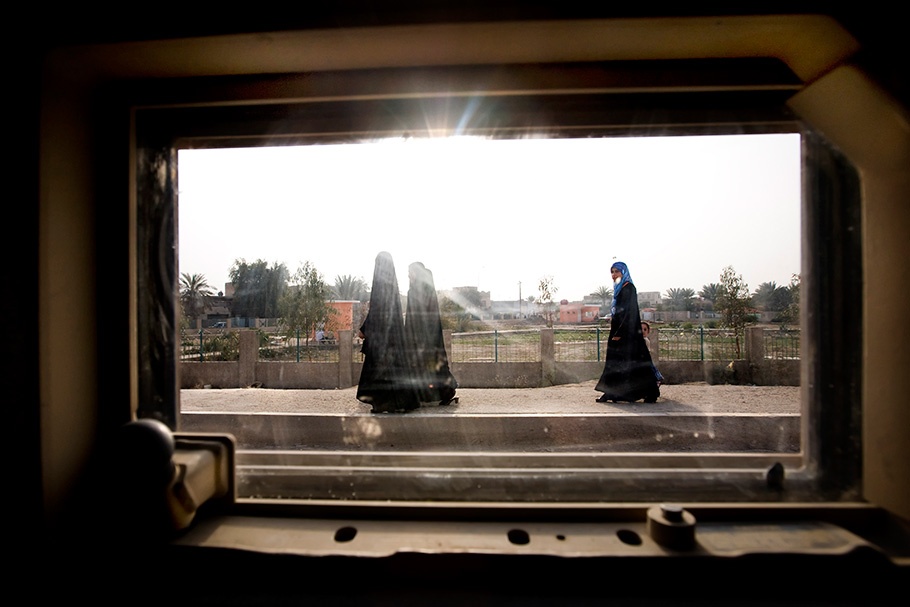
Untitled, from the series Iraq | Perspectives I: Windows.
20090929-lowy-mw16-collection-008
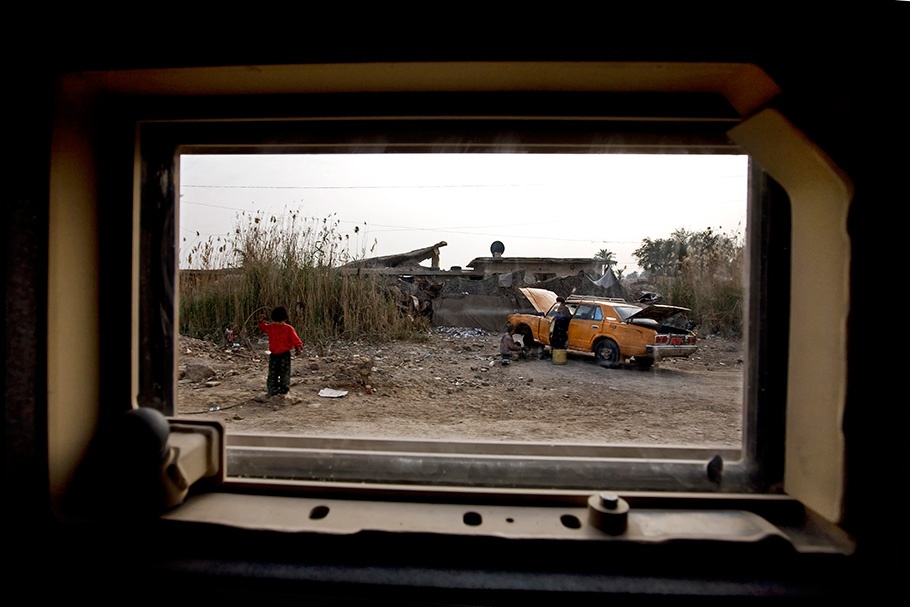
Untitled, from the series Iraq | Perspectives I: Windows.
20090929-lowy-mw16-collection-009
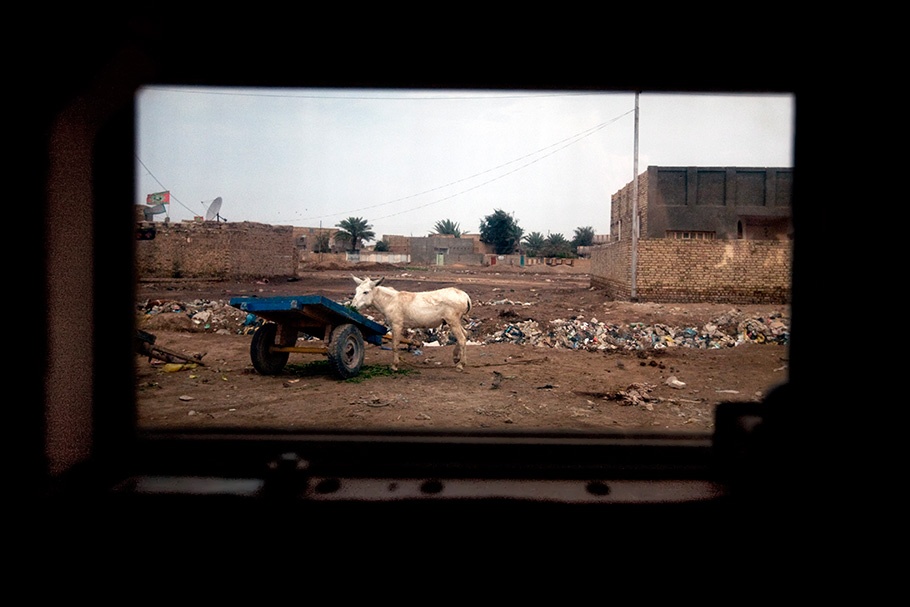
Untitled, from the series Iraq | Perspectives I: Windows.
20090929-lowy-mw16-collection-010
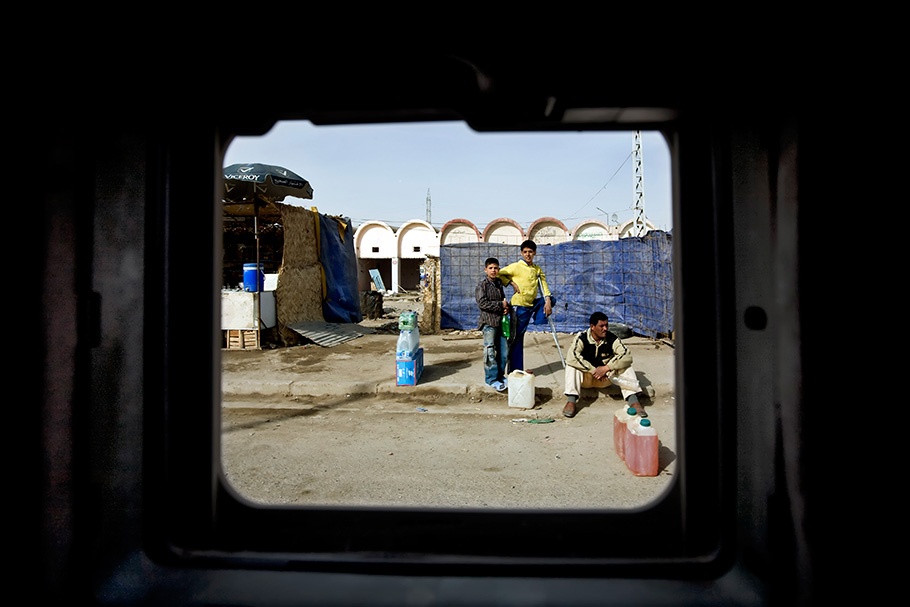
Untitled, from the series Iraq | Perspectives I: Windows.
20090929-lowy-mw16-collection-011
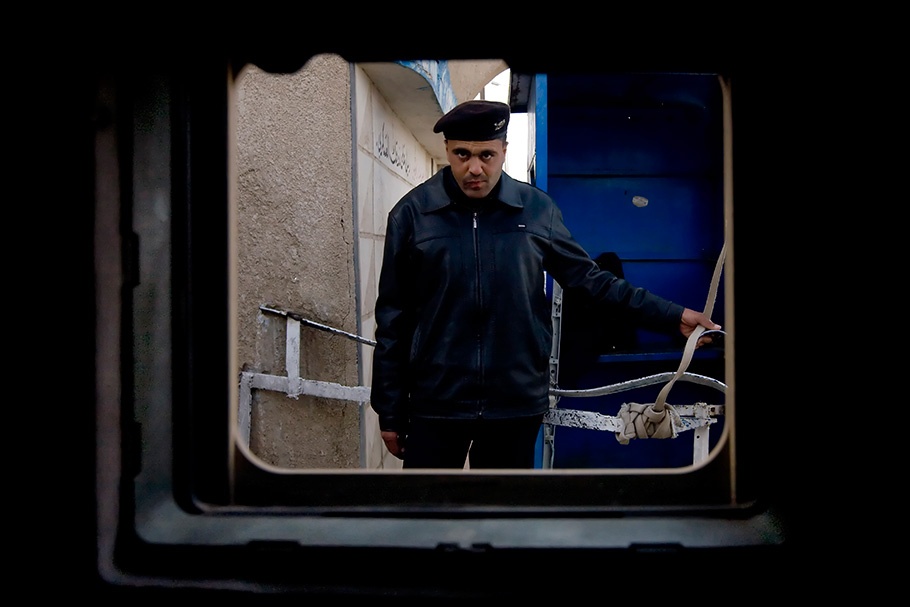
Untitled, from the series Iraq | Perspectives I: Windows.
20090929-lowy-mw16-collection-012
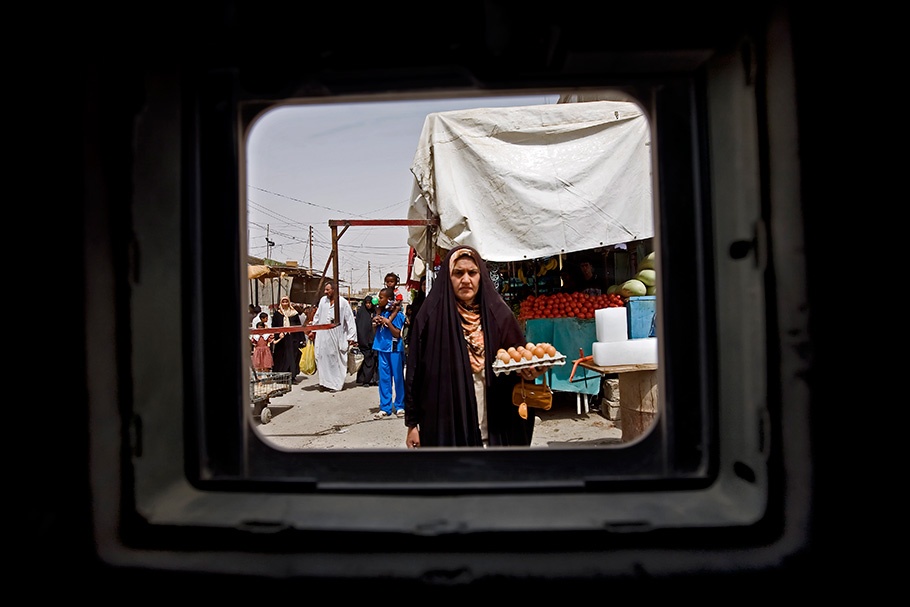
Untitled, from the series Iraq | Perspectives I: Windows.
20090929-lowy-mw16-collection-013
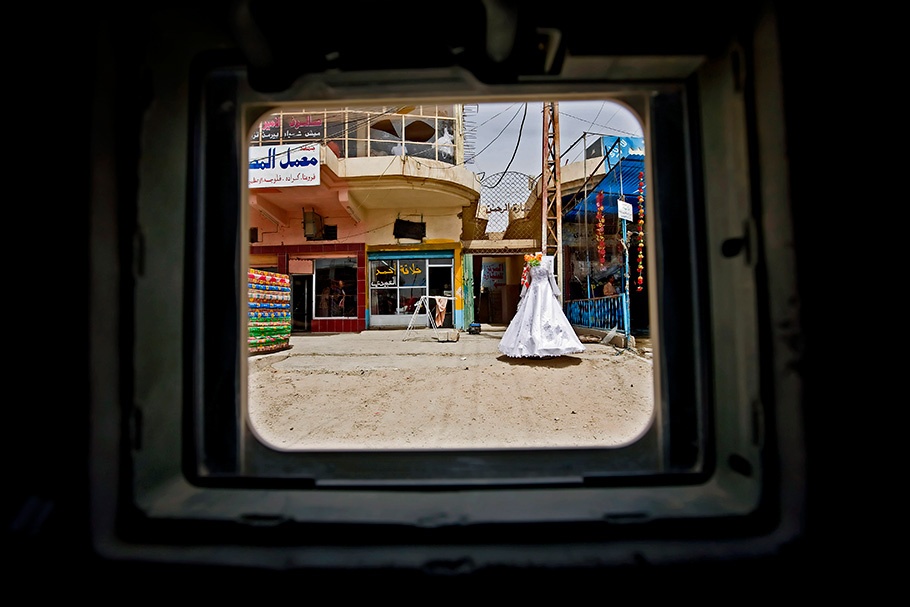
Untitled, from the series Iraq | Perspectives I: Windows.
20090929-lowy-mw16-collection-014

Untitled, from the series Iraq | Perspectives I: Windows.
20090929-lowy-mw16-collection-015

Untitled, from the series Iraq | Perspectives I: Windows.
20090929-lowy-mw16-collection-016

Untitled, from the series Iraq | Perspectives I: Windows.
20090929-lowy-mw16-collection-017
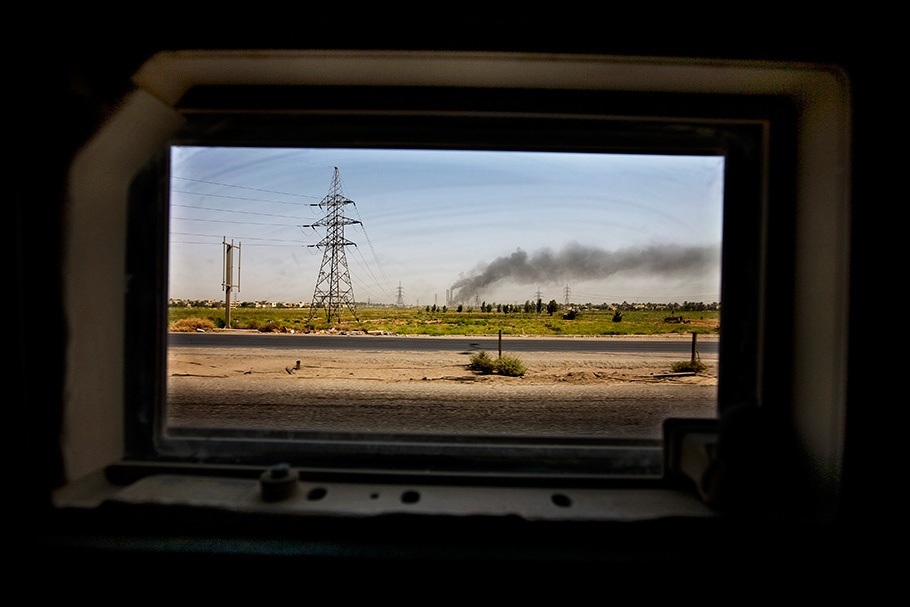
Untitled, from the series Iraq | Perspectives I: Windows.
20090929-lowy-mw16-collection-018
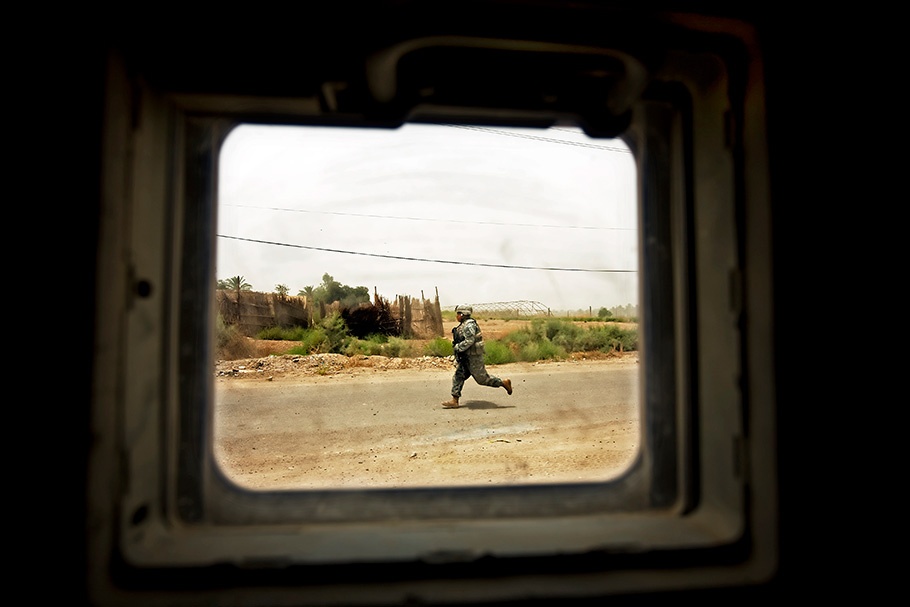
Untitled, from the series Iraq | Perspectives I: Windows.
0090929-lowy-mw16-collection-019
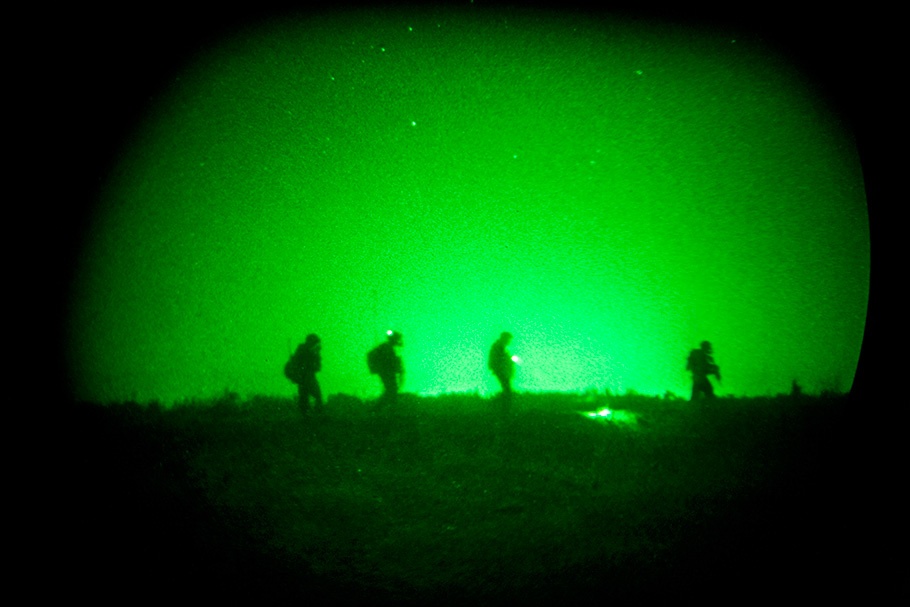
Untitled, from the series Iraq | Perspectives II: Night Vision.
20090929-lowy-mw16-collection-020
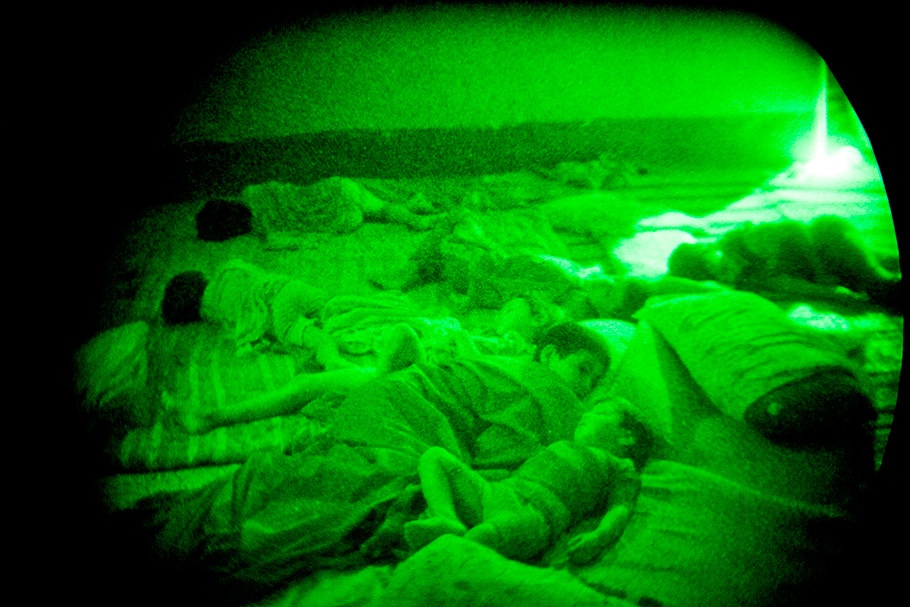
Untitled, from the series Iraq | Perspectives II: Night Vision.
20090929-lowy-mw16-collection-021
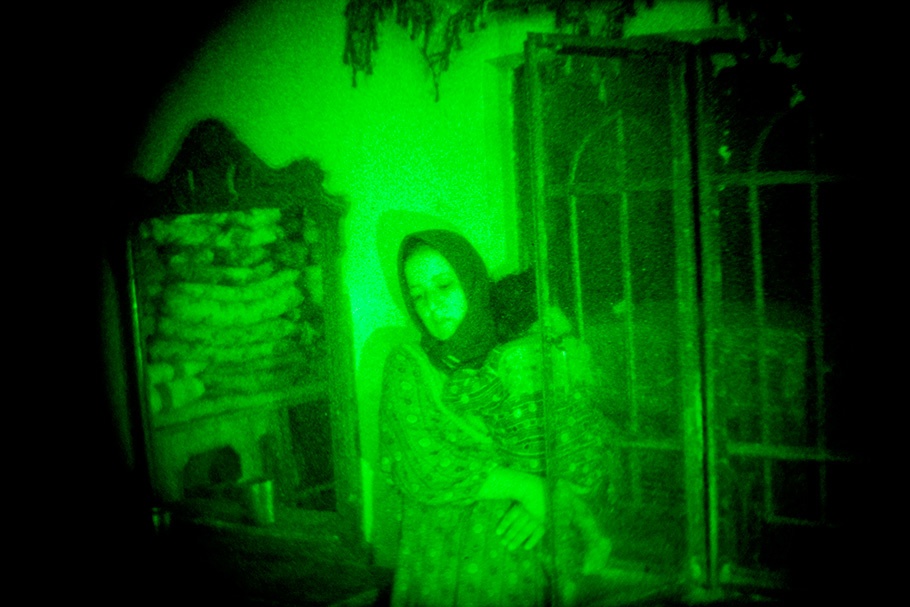
Untitled, from the series Iraq | Perspectives II: Night Vision.
20090929-lowy-mw16-collection-022
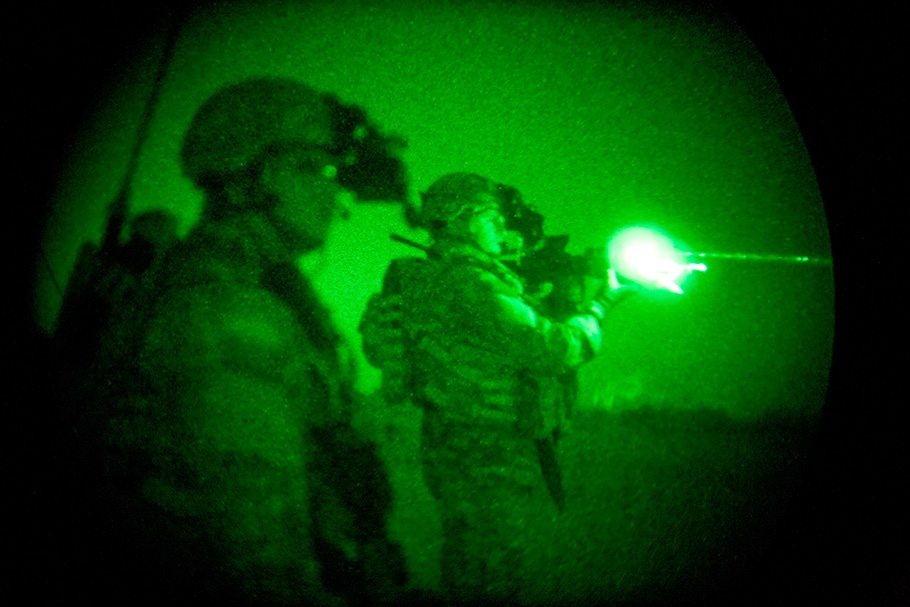
Untitled, from the series Iraq | Perspectives II: Night Vision.
20090929-lowy-mw16-collection-023
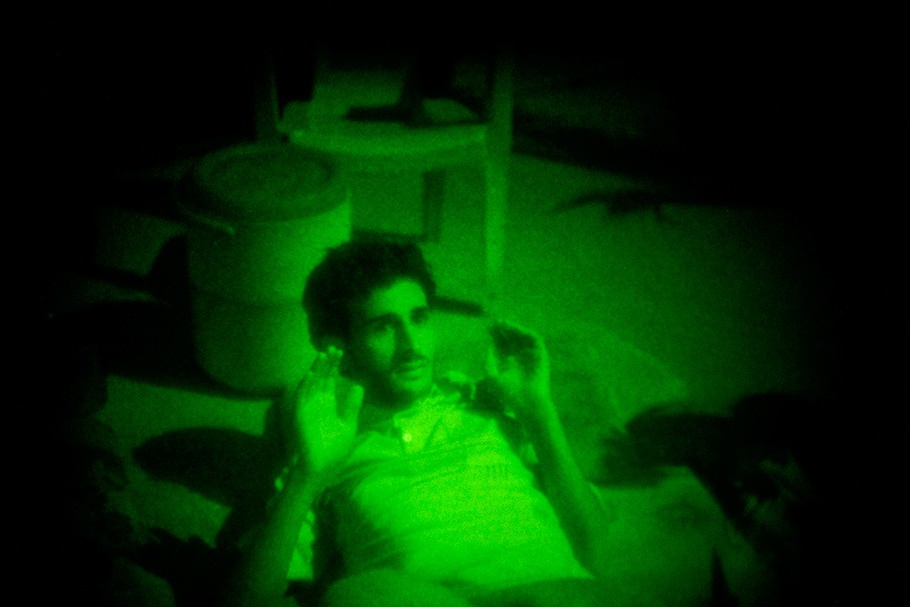
Untitled, from the series Iraq | Perspectives II: Night Vision.
20090929-lowy-mw16-collection-024
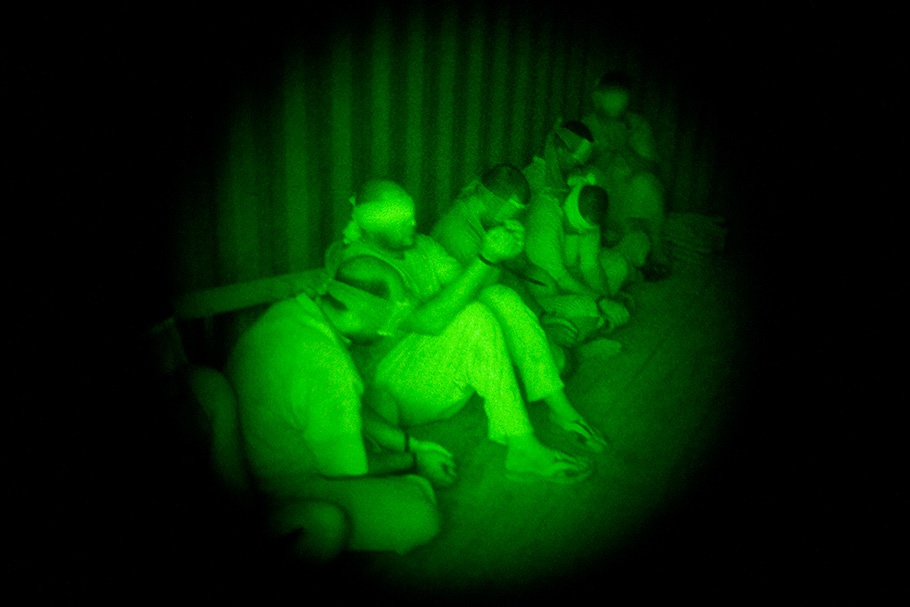
Untitled, from the series Iraq | Perspectives II: Night Vision.
20090929-lowy-mw16-collection-025

Untitled, from the series Iraq | Perspectives II: Night Vision.
Benjamin Lowy, who graduated from Washington University in St. Louis in 2002, began his career as a photographer the next year covering the Iraq War for Time magazine. Since then he has covered major stories in Afghanistan, Darfur, Chad, Haiti, Indonesia, and other countries. In 2004 Lowy attended the World Press Joop Swart Masterclass and was nominated for the ICP Infinity Award. Photo District News (PDN) named him to its list of 30 emerging photographers to watch and chose his images of Iraq as some of the most iconic of the 21st century. Lowy has received awards from World Press Photo, Pictures of the Year International, PDN, Photographers Giving Back, Communication Arts, American Photography, and the Society for Publication Designers. His photographs from Iraq and Darfur have been collected into several gallery and museum shows, and his work from Darfur appeared in the SAVE DARFUR media campaign.
Benjamin Lowy
I began this project as a response to what I felt was the general inability of people back home to comprehend life inside war-torn Iraq. Most people have never seen or felt war. Confronted by a level of violence so high that walking on the streets to photograph was tantamount to suicidal behavior, I found myself confined to working with American soldiers. I spent much of my time going on missions in an Army Humvee, looking at the landscape of this broken country through its inches-thick bulletproof windows.
The decision to include the window frame in the images serves a literal as well as a metaphorical purpose. I wanted to present Iraq to the public by creating a visual technique different from the usual images with which they have been inundated. These windows represent a barrier that impedes dialogue. The images are not intimate; they often show a distant and detached perspective of a desolate country and dire situation, yet in the midst of such chaos and destruction, children play, women shop, men enjoy each other’s company.
I hope these glimpses of the Iraqis’ daily lives, so routine and mundane, so similar to ours in the West, will evoke not only empathy but kinship.
The photographs that I took through night vision goggles reveal a more menacing nocturnal Iraq of abandoned streets, cowering civilians, and anxious soldiers. Similar to my photographs from a Humvee, these images were also made through a barrier, a technology that only allowed me and the soldiers to pierce the darkness of the Iraqi night.
This night vision perspective, however, is more intimate than the view from a Humvee. As soldiers weaved through the houses and bedrooms of civilians during nighttime military raids, they encountered the faces of not only their suspects but also innocent bystanders, many of whom were parents protecting their children. The urgency and anxiety of the soldiers were as palpable as the terror in the faces of the Iraqi civilians.
More often than not, most of us are left in the dark about what is happening in Iraq and other places of conflict. I hope that these night images provide the viewer with flashes of illumination about the fear and desperation that is war.
—Benjamin Lowy, September 2009